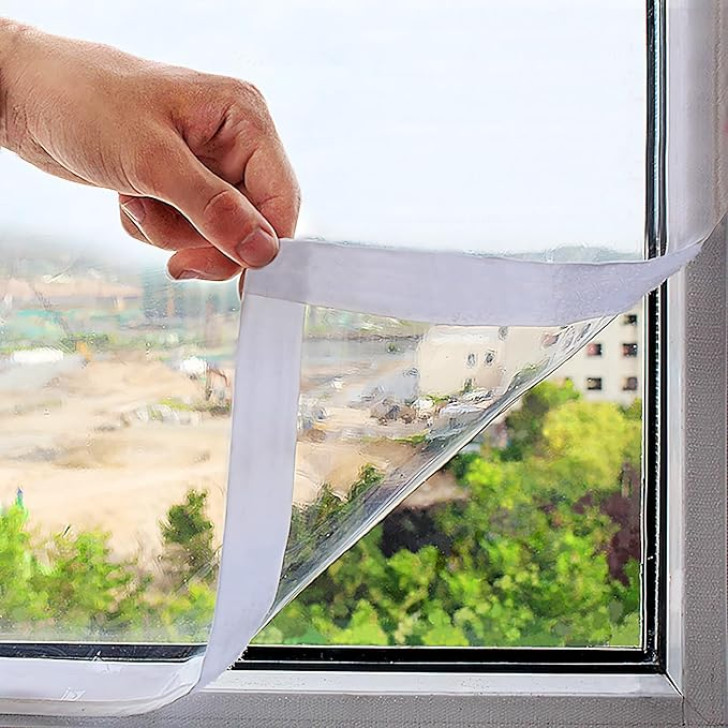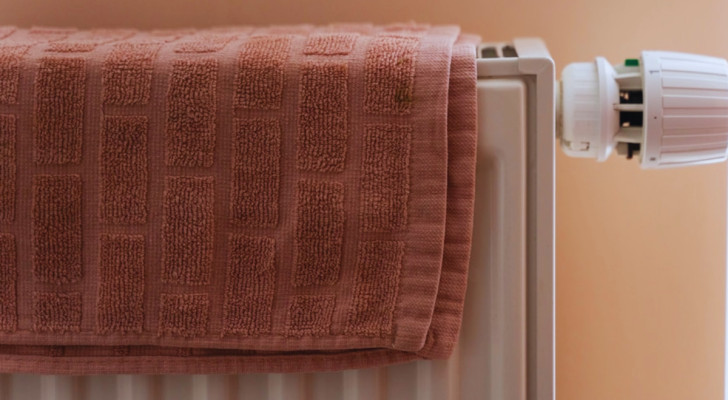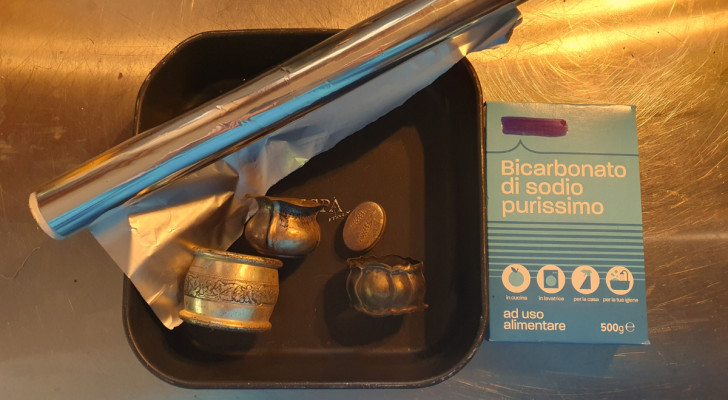Not just with bubble wrap: DIY methods to thermally insulate windows and reduce energy consumption

Freepik
With the arrival of the cold weather, we start using our heating systems to keep our homes nice and toasty. And ensuring your home is properly insulated goes a long way to ensuring you keep the heat in. Heat loss through windows/window glass and frames is typically the main "culprit" in most homes. But if it's not possible for you to install new double-glazing, you can consider resorting to using other remedies, such as lining your windows with bubble wrap or some other DIY solution. Keep reading to find out more:
Bubble wrap to insulate windows

Abject-Hall112/Reddit
Bubble wrap is a sheet of polyethylene with air bubbles pumped at intervals into it and is primarily used for packaging purposes. But bubble wrap also works very well as a DIY insulator for greenhouses or garages - and can also be used to insulate the windows in your home! Given that bubble wrap obviously reduces the transparency of glass, it is usually applied only to windows in service areas or rooms that are not used frequently, eg. attics, small windows in bathrooms, pantry windows, etc
Here's how to apply the bubble wrap:
- Cut the bubble wrap to the same dimensions as the window to be covered with scissors or a box cutter;
- Get a spray bottle filled with water and spray a little onto the glass;
- Apply the bubble wrap to the glass, with the bubbled side facing the glass and ensuring it covers the entire glass surface.
When you need to remove the bubble wrap, always start at one of the corners and just peel it off gently. Taken off carefully, you can use the same bubble wrap for years to come. As you've not used any glue, the bubble wrap will not leave any residue, marks or stains on the glass.
Other methods for insulating windows

Mellroom/Amazon
There are other DIY methods you can use to improve the thermal insulation of windows in your home:
- Rubber gaskets: These are flexible strips that seal any gaps around the window frames. Normally they come with an adhesive side (but you can also buy silicone gaskets with shaped edges); you just need to cut the gasket strips to the right lengths and follow the manufacturer's installation instructions;
- Kits with transparent films to be appled to the glass: There are a number of different brands of this type of film, but to apply most, you just need to slowly roll out the film over the glass and secure it in place with a hot hair dryer;
- Thermal curtains: As soon as the sun sets, it's a good idea to close your windows to keep the day's heat in. Additionally, if you are also able to draw thermal curtains, so much the better. And good thermal curtains also have the advantage of providing improved sound-proofing!
- Sealants: Sealants are an alternative to above-mentioned, prefabricated gasket strips. Most sealants are silicone-based and need to be applied using special tools and with great care. The sealant is used to fill any cracks and gaps but you need to be careful not to get any on the glass (working like you do when you paint the window frames). The important thing is to find the appropriate sealant which is formulated to adhere to material your frames are made of (be they wood, PVC or aluminum), and choosing between indoors and outdoors products.
Using these remedies - and even if you cannot install double glazing - you will greatly improve the thermal insulation capacity of your windows, significantly reducing your energy/power consumption!





